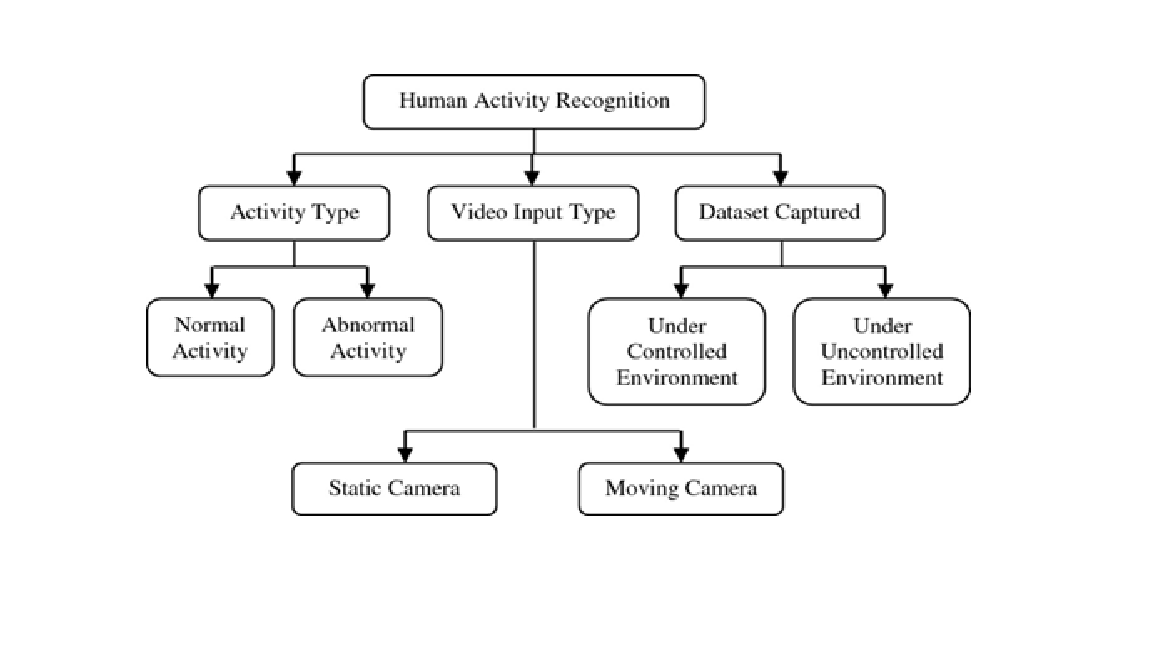Deep Learning Techniques for Video Surveillance and Activity Recognition
Main Article Content
Abstract
Deep Learning Techniques have revolutionized the field of video surveillance and activity recognition by enabling automated analysis of vast amounts of visual data. This abstract provides an overview of the application of deep learning methods in these domains, highlighting their significance, capabilities, and challenges. Deep learning models, particularly Convolutional Neural Networks (CNNs) and Recurrent Neural Networks (RNNs), have demonstrated remarkable performance in tasks such as object detection, tracking, and action recognition. By leveraging large-scale annotated datasets and powerful computational resources, deep learning algorithms can learn hierarchical representations of visual features, allowing for robust and efficient detection and classification of activities in video streams. Furthermore, advancements in deep learning architectures, such as two-stream networks, spatial-temporal networks, and attention mechanisms, have further improved the accuracy and robustness of video surveillance systems. Despite these advancements, challenges such as data annotation, model interpretability, and real-time processing remain areas of active research. Addressing these challenges requires interdisciplinary collaboration and innovation to develop scalable, efficient, and interpretable deep learning solutions for video surveillance and activity recognition. Overall, deep learning techniques offer immense potential to enhance security, safety, and situational awareness in various applications, ranging from smart cities and public safety to industrial monitoring and healthcare.
